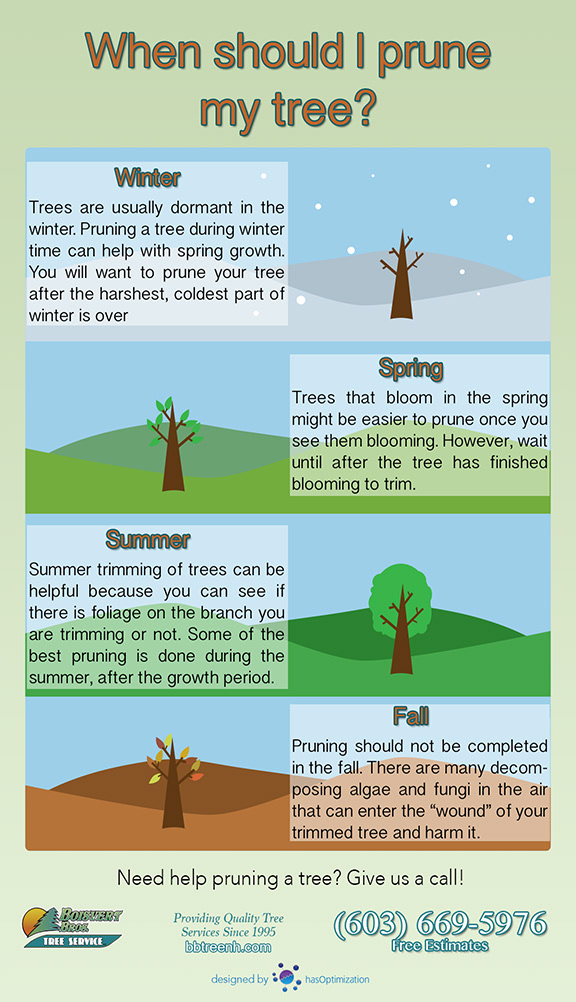Assessing Tree Health: Standards For Picking Tree Elimination
Assessing Tree Health: Standards For Picking Tree Elimination
Blog Article
Content Writer-Jarvis Bright
If you've ever before wondered about the fate of the trees on your residential property, comprehending when it's time for elimination is essential. However exactly how do you establish if a tree can be conserved or if elimination is the only option? By trying to find particular indicators and reviewing security dangers, you can make enlightened decisions that profit both your landscape and your environments. Allow's discover the key factors that enter play when deciding the fate of a tree and just how you can guarantee the very best outcome for your environment-friendly buddies.
Indications of Tree Decline
If you see any of the following indications of tree decrease in your backyard, it may be time to take into consideration tree removal.
One common sign is dead or worn out branches, which can show underlying concerns affecting the tree's health and wellness. Keep mouse click the following web site out for tarnished or shrivelled fallen leaves that linger even with correct treatment, as this could be a sign of disease or parasites.
An additional warning signal is excessive leaning or a recognizable shift in the tree's base, which may recommend root problems or structural instability. Keep an eye out for fungal growth on the trunk or origins, as this can suggest rot and compromise the tree's security.
Furthermore, if you observe huge fractures in the trunk or significant arm or legs, it's essential to resolve these problems without delay to avoid potential threats. Attending to these indicators of tree decrease without delay can aid preserve the safety and security and appearances of your yard environment.
Safety Issues
To make sure the health of your residential property and those around you, prioritizing security issues related to trees is paramount. Trees can present various security threats otherwise appropriately preserved. Dead or decaying branches might fall suddenly, threatening people or damaging frameworks.
Leaning trees can also be unsafe, particularly if they're leaning towards a structure or power lines. In addition, trees with considerable origin systems near structures or below ground energies can trigger considerable damage in time.
It's critical to regularly examine your trees for any kind of indications of prospective danger. Watch out for cracks in the trunk, big dental caries, or indicators of condition and decay. If you see any of these concerns, it's best to seek advice from a professional arborist to assess the circumstance and determine the needed strategy.
Taking more resources to attend to safety problems without delay can protect against accidents and residential or commercial property damages in the future. Bear in mind, the security of your home and those around you ought to constantly be the top priority when it comes to tree upkeep.
Consulting an Arborist
When taking into consideration the health and safety of your trees, consulting an arborist is a crucial action. Arborists are trained specialists who specialize in the care and upkeep of trees. They can analyze the overall wellness of your trees, recognize any type of concerns such as conditions or structural issues, and provide expert referrals on the most effective course of action.
By getting in touch with an arborist, you can receive useful insights into the condition of your trees and identify whether removal is needed. Arborists have the expertise and experience to examine the threats related to maintaining a tree versus removing it. They can also provide assistance on alternative solutions, such as pruning, cabling, or supporting, to aid maintain the tree whenever possible.
In addition, arborists can assist you browse any type of local policies or allows that might be required for tree elimination. Their knowledge can guarantee that the process is executed safely and in conformity with any type of appropriate legislations.
Conclusion
In conclusion, when determining whether trees can be conserved or if elimination is needed, it is essential to think about indications of decrease and safety problems. Consulting an arborist for a complete assessment is necessary in making the best decision for the tree's health and possible risks. Bear in mind, aggressive treatment and timely activity can aid protect trees and prevent crashes.
